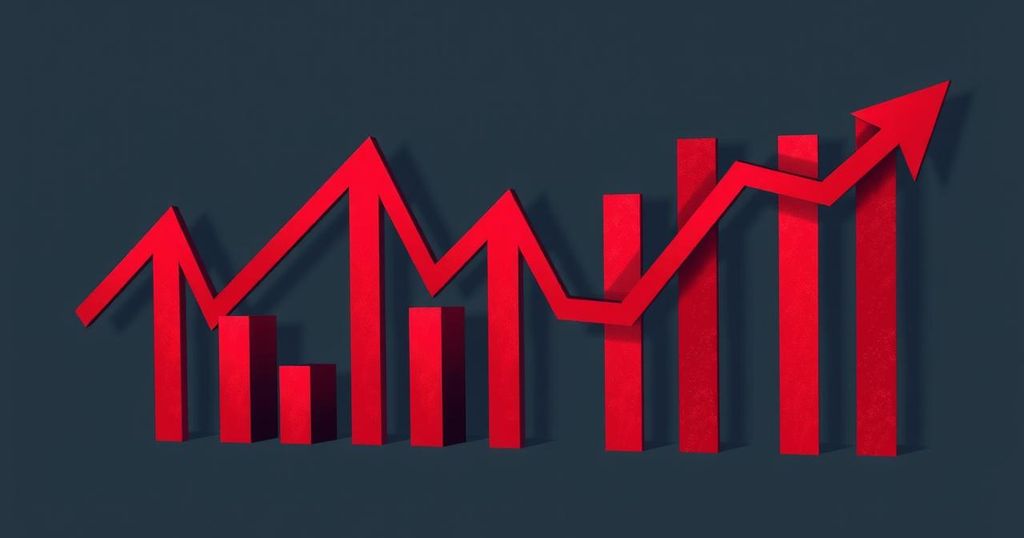U.S. futures decline as Treasury Secretary Bessent downplays market concerns; Asian shares rise on positive Chinese consumption data. Oil prices increase with expectations of rising demand from China. Upcoming U.S. retail and manufacturing data, along with central bank meetings, could influence market directions.
U.S. equity futures experienced a decline following comments from Treasury Secretary Scott Bessent, who described the recent drop as a healthy correction. In contrast, Asian markets rebounded, buoyed by positive consumption data from China, as reported by News.Az and Bloomberg. Additionally, oil prices rose due to expectations of increased demand from China, the world’s largest importer, while the dollar and euro remained stable, with European stock futures indicating a steady market opening.
The slip in U.S. stock futures reflected Bessent’s lack of concern over the market downturn, which has led to significant losses amid efforts to reform U.S. economic policies. In Europe, the spotlight is on Germany as the parliamentary approval for Chancellor-in-waiting Friedrich Merz’s spending plan is anticipated. U.S. retail sales and manufacturing data due on Monday are also crucial for assessing the economy ahead of the Federal Reserve’s impending policy decision.
Travis Spence, global head of exchange-traded funds at JPMorgan Asset Management, noted the current atmosphere of investor caution, stating, “There’s a lot of investor trepidation across the market now, trying to digest all the additional volatility that’s happening and additional uncertainty.” In Asia, stock markets in Australia, Japan, and South Korea advanced, driven by China’s increased consumption data. However, the CSI 300 Index, a major Chinese benchmark, closed slightly lower due to concerns about a potential housing market downturn.
U.S. Treasury yields were steady, with the 10-year yield decreasing by 1 basis point to 4.30%. Investors are closely monitoring various central bank meetings this week, with the Bank of Japan likely to maintain its current rate following a previous hike, while the Bank of England is expected to keep its stance unchanged. Federal Reserve Chairman Jerome Powell faces challenges in reassuring investors about the economy’s stability while indicating the readiness of policymakers to provide support.
According to Jonathan Millar and colleagues at Barclays Plc, “Trump and his administration have expressed more tolerance for adverse economic fallout from tariffs than we had thought.” They anticipate the Federal Reserve will project a median dot plot indicating only one rate cut this year and two in the following year. In commodity markets, gold prices rose after a brief decline, reflecting changing risk sentiments among investors.
In summary, the U.S. equity futures are experiencing a downturn, influenced by Treasury Secretary Scott Bessent’s comments, whereas Asian shares are gaining momentum due to favorable data from China. The market is on edge amidst central bank meetings and significant economic reports, highlighting investor caution and the anticipated Federal Reserve policy adjustments. Overall, the delicate balance between economic assurances and market support remains critical.
Original Source: news.az




